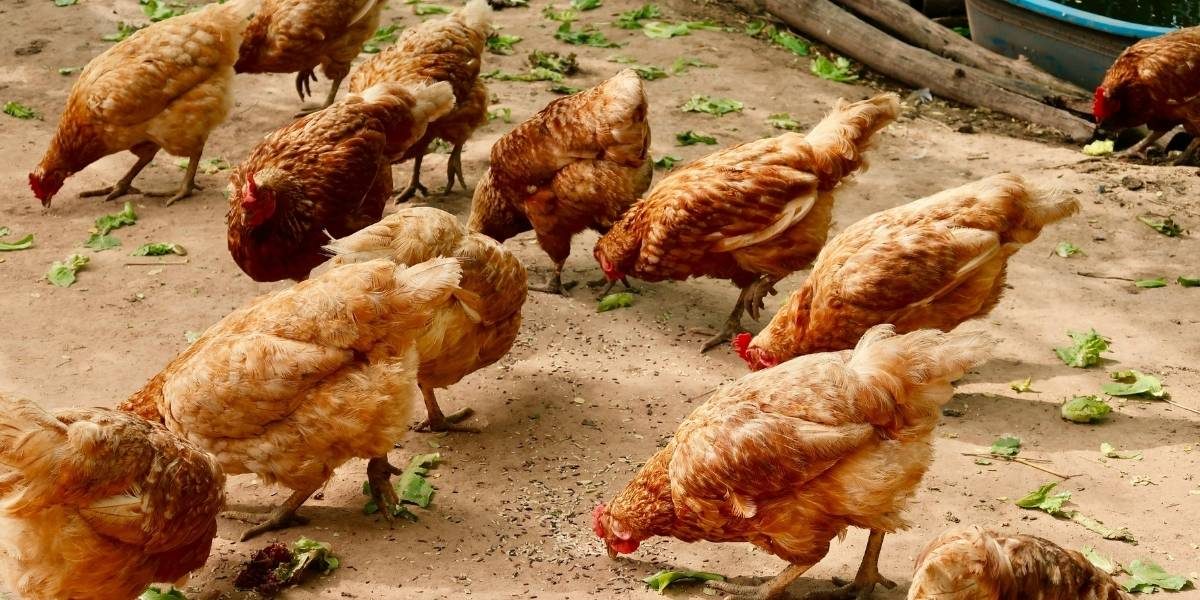What Are Lab-Grown Animals and How Are They Changing Food Production?
Lab-grown animals, often referred to as cultured or cell-based meat, represent a transformative shift in how society produces and consumes animal products. Instead of traditional farming, this technology grows animal cells in controlled environments to create meat, dairy, and other animal-derived foods without raising or slaughtering live animals.
The process begins with harvesting a small sample of animal cells, which are then cultured in nutrient-rich media to multiply and differentiate into muscle, fat, and connective tissues. The result is a product that closely resembles conventional meat in taste, texture, and nutritional profile.
This innovation addresses pressing concerns associated with conventional livestock farming, including animal welfare, environmental sustainability, and food security. As the global population grows and demand for protein rises, lab-grown animals offer a scalable and potentially less resource-intensive solution.
While still emerging commercially, cultured meat challenges traditional food systems, promising to redefine how humans relate to food and the environment.
What Are the Key Bioethical Considerations Surrounding Lab-Grown Animal Products?
The development and adoption of lab-grown animal products raise complex bioethical questions that touch on animal welfare, human health, environmental responsibility, and societal values.
From an animal welfare perspective, cultured meat is hailed as a means to reduce animal suffering by eliminating the need for slaughter. However, ethical scrutiny persists over the initial cell sourcing and whether animal cells should be used at all when alternatives exist.
Human health concerns focus on the safety, nutritional equivalence, and long-term impacts of consuming lab-grown products. Regulatory agencies emphasize rigorous testing to ensure cultured meat meets established food safety standards.
Environmental ethics examine how this technology can mitigate climate change, land degradation, and biodiversity loss caused by industrial animal agriculture. Yet, questions remain about the energy demands and sustainability of bioreactor production at scale.
Culturally, lab-grown meat challenges traditions linked to farming, hunting, and culinary heritage. Some view it as an ethical advancement, while others perceive it as unnatural or disconnected from the social dimensions of food. Balancing innovation with ethical reflection is essential to responsibly integrate lab-grown animals into global food systems.
How Does Lab-Grown Meat Impact Societal Structures and Food Security?
The introduction of lab-grown meat has the potential to disrupt existing societal and economic structures tied to agriculture and food production. This shift could influence rural economies, employment patterns, and cultural identities connected to livestock farming.
Traditional farming communities might face challenges as demand for conventionally produced meat declines. However, new opportunities may emerge in biotech manufacturing, quality control, and distribution sectors associated with cultured meat.
Food security stands to benefit from the technology’s scalability and controlled production environments. Lab-grown meat can be produced year-round, independent of climate variability or arable land limitations, making it a viable protein source in urban centers and regions vulnerable to food scarcity.
Moreover, the reduced risk of zoonotic diseases, antibiotic resistance, and contamination associated with conventional livestock farming could improve public health outcomes. Equitable access and affordability will be crucial to ensuring that lab-grown meat contributes positively to global nutrition without exacerbating inequalities.
What Environmental Benefits and Challenges Does Cultured Meat Present?
Cultured meat promises significant environmental advantages compared to traditional animal agriculture. It generally requires less land and water, produces fewer greenhouse gas emissions, and reduces pollution from manure and fertilizer runoff.
By minimizing deforestation and habitat destruction, lab-grown meat could help conserve biodiversity. Its controlled production could also decrease antibiotic use, lowering the risk of resistant pathogens.
However, challenges remain in the energy intensity of bioreactors and nutrient media production. Depending on energy sources, cultured meat’s carbon footprint could vary widely. Ongoing research aims to optimize processes for sustainability, including renewable energy integration and waste reduction.
Life-cycle assessments and transparent reporting will be necessary to accurately measure environmental impacts as the industry scales. Balancing these benefits and challenges is key to fulfilling cultured meat’s promise as an environmentally friendly protein alternative.
How Might Lab-Grown Animals Redefine Our Ethical Relationship with Food, Welfare, and the Environment?
Lab-grown animals challenge long-standing assumptions about food, ethics, and human responsibility toward animals and the environment. By decoupling meat production from animal slaughter, they invite a reevaluation of animal welfare priorities and food ethics.
This shift encourages a more compassionate approach that values life and reduces harm. It opens the door to questioning why certain animals are consumed while others are spared and prompts reflection on the moral status of lab-grown products.
Environmental stewardship gains new meaning as humans develop food systems that minimize ecological footprints. Lab-grown meat embodies a potential move toward sustainable coexistence with nature.
Societally, acceptance of cultured meat depends on transparent dialogue, education, and cultural sensitivity. Ethical consumption becomes more nuanced, blending concerns for health, environment, and animal rights. lab-grown animals represent not just a technological innovation but a profound ethical and cultural transition in humanity’s relationship with food.








